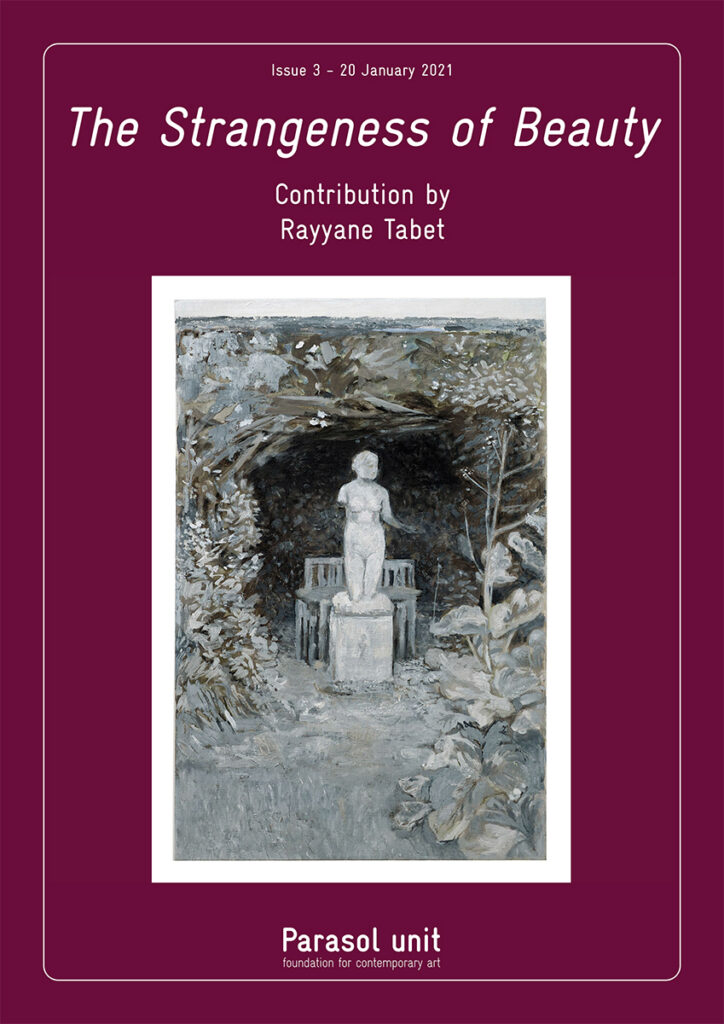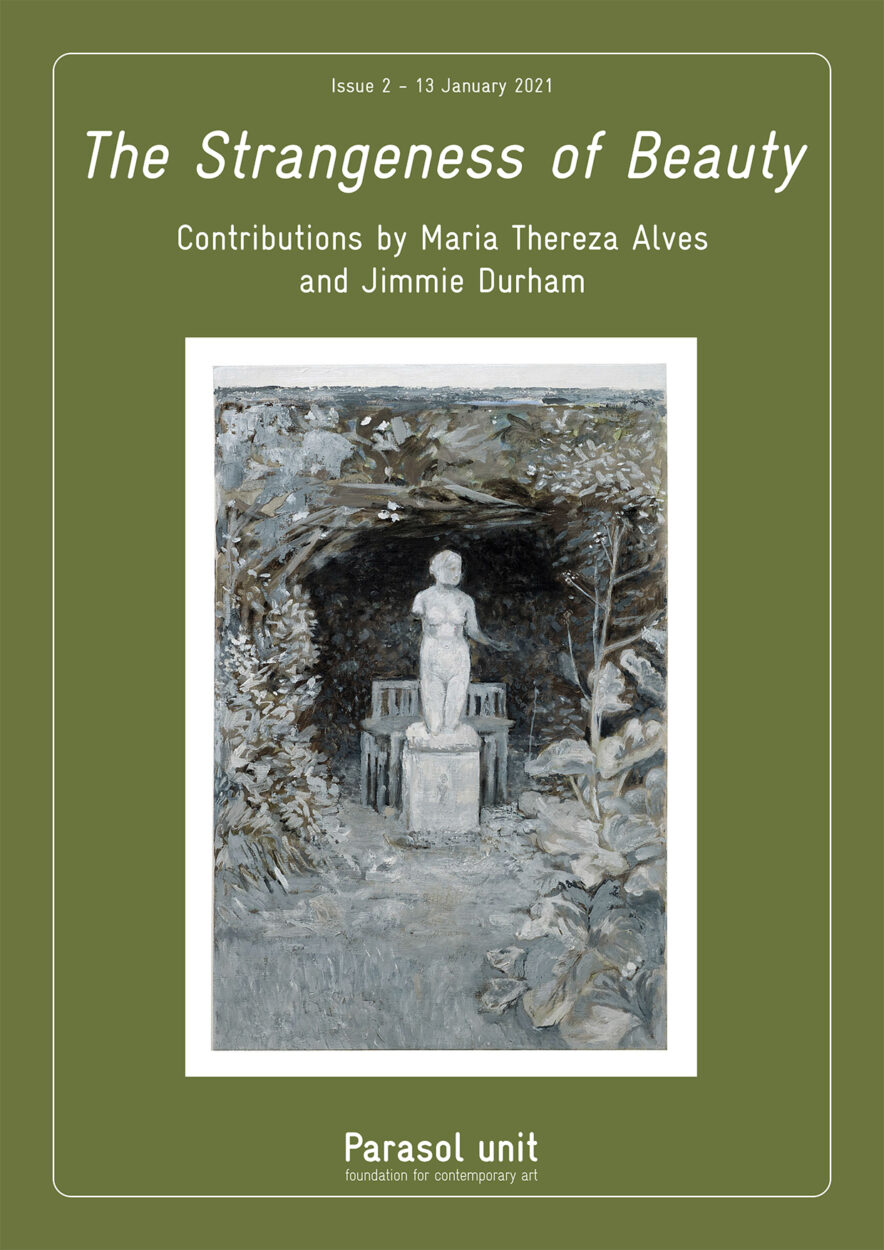
The Strangeness of Beauty – Issue 2 – Maria Thereza Alves and Jimmie Durham
13 - 19 January 2021
View the full issue
A Strange Encounter
I believe by nature I am curious. I search and search and suddenly I come upon something strange, which can be beautiful or interesting or none of those, but nevertheless it is certainly strange in a way that grasps my attention. This happened again a few weeks ago, after I had decided we should undertake this new digital project The Strangeness of Beauty.
While I was googling to see whether anything else had ever been done with this title, sure enough I learned of Lydia Minatoya’s marvellous book with the very same title The Strangeness of Beauty! Not having been familiar with the work of this author, I ordered the book — yes, I still enjoy holding a paper book in my hands — and happily started reading it. Page after page it was pure fascination and discovery and more than once it reminded me of the social and traditional environment of my own childhood in Persia. Written in a most delicate style with details that unfold as if in front of our eyes, it is a touching story of an unwanted or unaccepted child born in Japan. Etsuko, born into the house of a samurai mother in the early years of the twentieth century, was subsequently brought up by some loving surrogate parents. Now grown into a young woman and having just lost her husband while living in the US, Etsuko returns to Japan with her motherless niece, Hanae, to live in her own mother’s samurai home in the pre-World War II years. In the overly charged atmosphere of the maternal home, Etsuko tries her best to be a mother to Hanae and to cope with the challenging requirements of her own biological mother with whom she hardly has any affinity. In such strange circumstances, Etsuko focuses on finding beauty in the simple things and occurrences of everyday life, and the Japanese life is rich with them, while writing about her life, which she defines as her I-story.
Numerous are passages in the book which won me over. It was beautiful to read how kata, meaning ‘way-of-doing’, determines Japanese life with all its traditions, and that in Zen Buddhism kata is the means of maintaining universal harmony, so humility wins over arrogance. If this is the strangeness of beauty, I highly recommend everyone to become familiar with it by reading Minatoya’s delightful and at times uncanny book.
Ziba Ardalan
Founder, Artistic and Executive Director
Parasol unit foundation for contemporary art
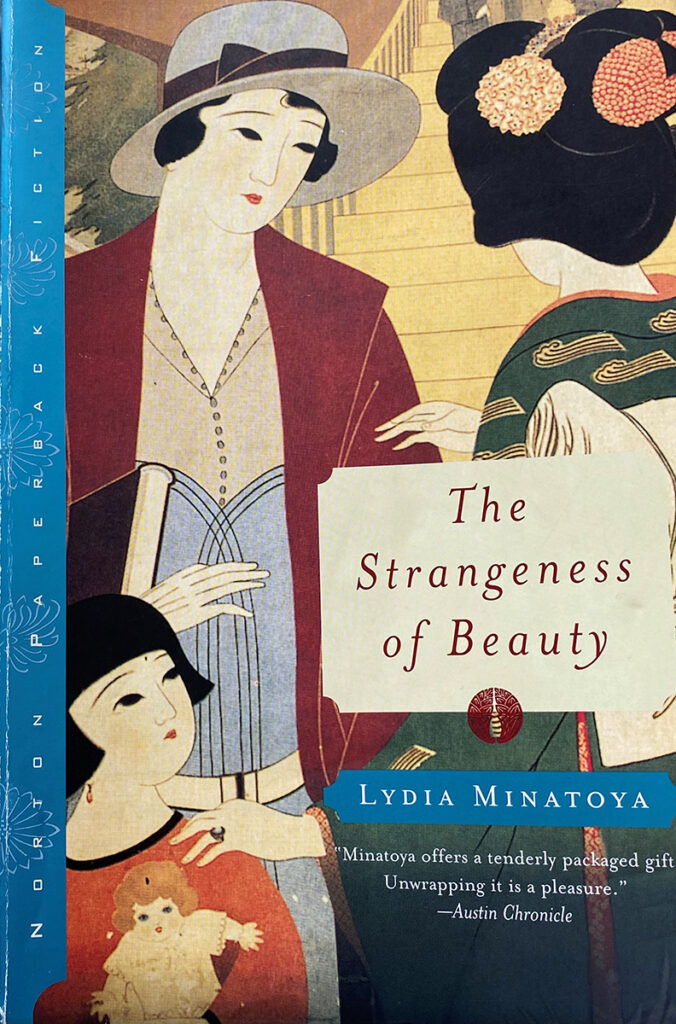
Maria Thereza Alves
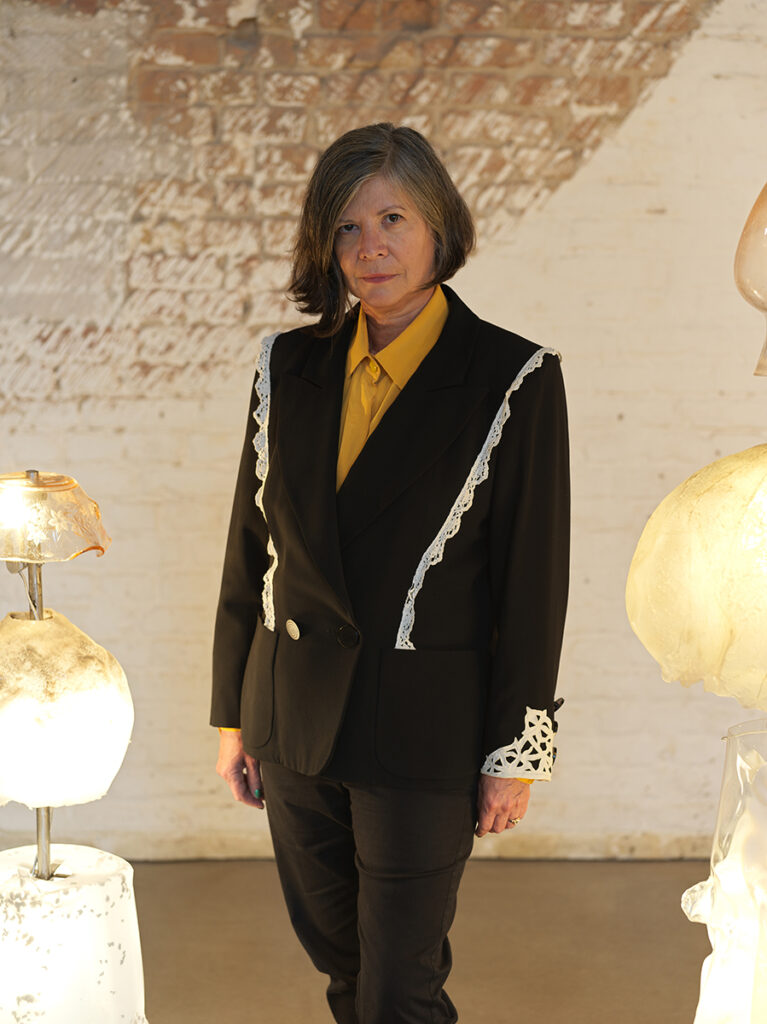
Portrait of Maria Thereza Alves. Photograph Nick Ash
LABINAC
A Joy Was There
A friend came by with a box of antique lace. He cleans out apartments for people who acquire them, usually as an inheritance. The times change, customs change, fashion changes, and he was asked to take away the lace. While sorting it, I realised that the servant women responsible for the care of the clothes in these well-managed households had conscientiously retrieved lace, much of it handmade, from whatever article of textile was withering away and would be disposed of. Collars from dresses, flounces from sleeves, borders from tablecloths and curtains were saved in this manner. Rescued by hard-working women who knew the labour involved in making lace: the strain on the eyes and the necessity of damp conditions to keep the linen thread pliable. I imagine that they would have saved these pieces as a celebration of the fineness and skill of the lacemakers. It was saved and saved and thought of and then after a while it was no longer wanted in that household where perhaps the ties of relationships and empathy had ceased.
While sifting through these intricacies of knotted wonders, I thought about how to honour the labour and skill involved.
A Joy Was There revivifies the lace.
LABINAC contacted Jiyoung Kim, the clothing designer based in Berlin, to collaborate with us in this honouring. If you send LABINAC an article of clothing, Jiyoung will send you two samples of lace applied to it for you to choose from.
For more information on Labinac, please contact info@labinac.com

Image courtesy Maria Thereza Alves
Jimmie Durham
A WORM CALLED MELOIDOGYNE INCOGNITO
Meloidogyne incog, as they say, nito.
Should be spoken, ‘mellow idojean’ or gene.
Incognito has a hard g, even though
In the Latin from which we have it
It would combine with the n like a Spanish
Tilde; incoñito.
Just a little worm to you and me,
These unknown (in the sense of not showing the world their true self)
Root-dwelling meloidogynes sense their world
Complete enough.
Voltaire wrote about aliens
Who were astounded that humans
Could imagine the world using only five senses,
And mantis shrimp see a much broader
Spectrum of colour than do we,
Even though in the sea.
Jimmie Durham, Berlin 2020
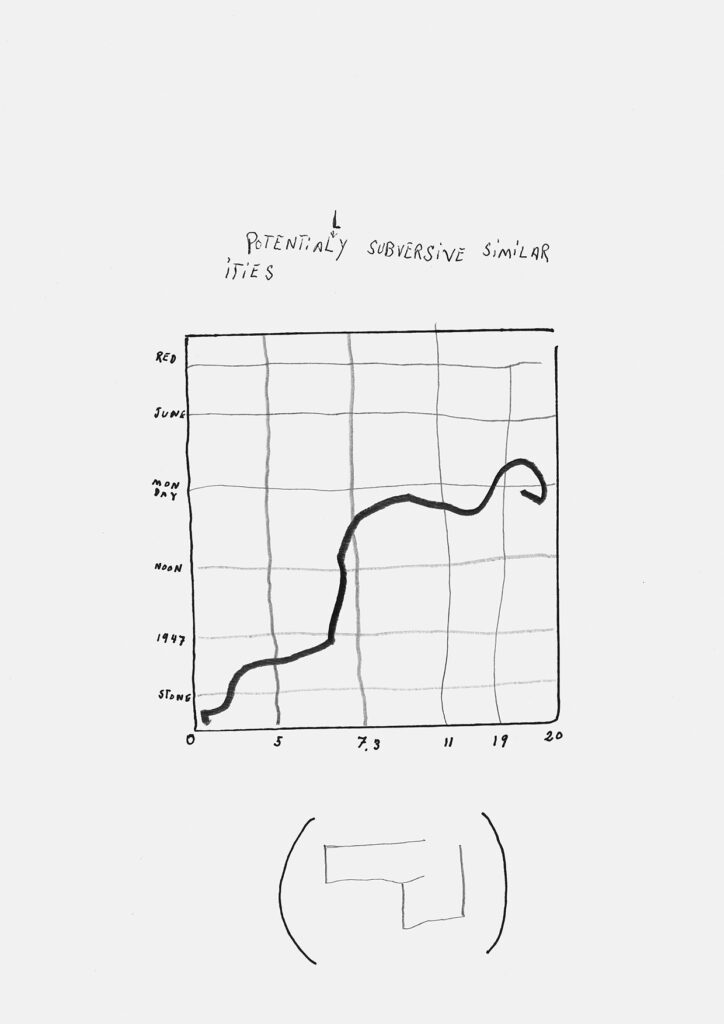
Jimmie Durham, SIMILARITIES, 2020. Ink and graphite on paper, 21 x 29.7 cm (8¼ x 11¾ in). Courtesy the artist.
Next Issue
The Strangeness of Beauty
Issue 3, 20 January 2021
Featuring a contribution by
Rayyane Tabet
